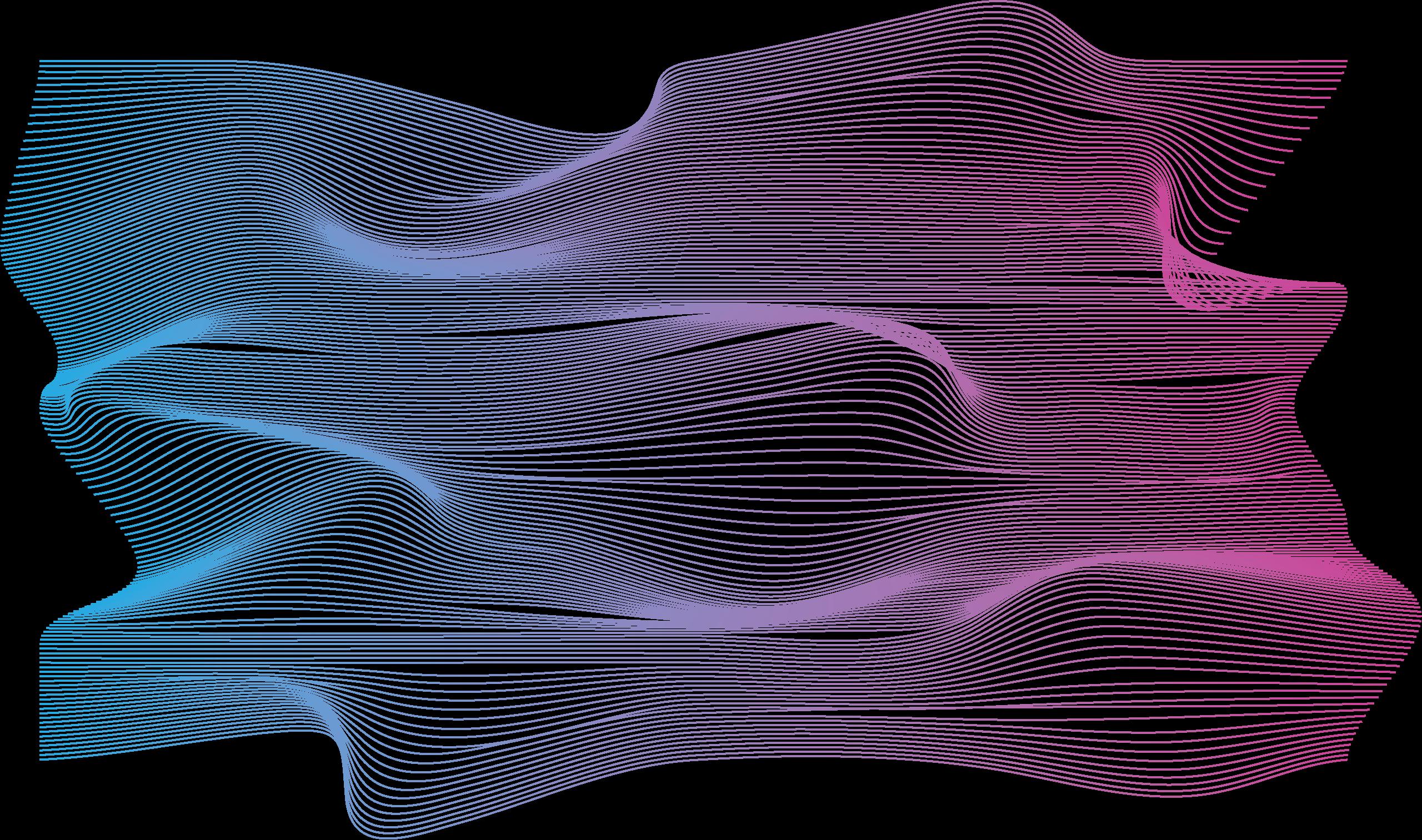Using Deep Reinforcement Learning to Peer Into the Unconquerable Mind: How Do Animals Learn to Track Odor Trails? BY ANISHA IYER
N
early all pet owners and park frequenters have witnessed an animal searching furiously along a scent trail. Dogs and other olfaction-dependent animals are expert trail trackers, often relying on odor trails to perform life-sustaining tasks like foraging for food or navigating complex environments. However, odor trails in nature are laden with gaps, intersecting routes, and sporadic or incomplete odor cues which interfere with an animal’s ability to develop a clear picture of a trail. Such constraints provide much to overcome for olfaction-dependent animals who rely almost solely on olfaction for vital behaviors. With such a computationally intensive task, one must wonder: What takes place inside an animal’s brain to evaluate and optimize such a complex set of dynamic variables in real-time? Olfaction-based trail tracking is a complex and precise behavior, which makes it a challenging investigative endeavor for theoretical neuroscientists and researchers in related fields. Scientists can simulate odor trail tracking in laboratory settings and have described experimentally observed tracking strategies using statistics and geometry. However, questions regarding the animal’s cognition still remain unanswered, largely due to the difficulty of representing such far-reaching questions in a testable manner. As a result, there is a broader goal in
40
asking how scientists might reach conclusions about the interconnected systems of the infinitely complex brain. The quest to find ways to represent cognitive processes spans further than this specific research question and is complicated by a scientist’s need for control in scientific experiments. If scientists require an observable version of the system in question and a controlled way to manipulate its variables, how might they find an equivalent for the vast and unconquerable brain? QUESTIONS IN SYSTEMS NEUROSCIENCE Despite centuries of neuroscience research, the precise workings of the brain’s olfactory and navigational systems remain relatively unclear. Neuroscience is studied at a cellular and anatomical level, but processes like odor trail tracking require a robust theoretical framework for scientists to develop a system-wide understanding. While scientists conceptualize odor trail tracking as searching consecutive trail sectors using complex mathematical techniques, it seems unreasonable to credit an animal’s impressive tracking abilities to conscious and deliberate statistical approximations. Rather, an animal following a scent must develop some kind of navigational intuition to deduce probabilities without calculating them.
Berkeley Scientific Journal | SPRING 2022
Figure 1: Dog tracking odor trail To understand these biological systems, scientists combine experimental and computational research to acquire a system-wide understanding, which is the basis of a field called systems biology. By simulating a subset of the system’s components, scientists use models and theoretical exploration to glean insights into the behavior of widely expansive and intricately complex biological systems. Systems biology relies on data engineering and machine learning techniques to obtain
FEATURES


















